SAT Tips: Before the SAT
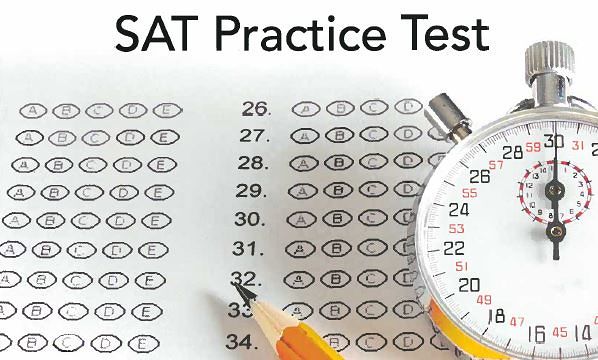
It is important to prepare before taking the SAT.
There are many tips and tricks that I have personally used on the SAT. For the purpose of this guide, I have broken this guide up into multiple articles. This specific guide contains tips for before taking the SAT.
1. Take SAT practice tests way before the actual SAT.
This is one of the most suggested tips, and yet it is one of the least followed. SAT practice tests are the best way to determine your potential score on the SAT. I recommend imitating the testing environment to the best of your abilities. For example, try taking your practice SAT test at 8:00 A.M. sharp in a quiet, undisturbed environment.
I also recommend taking a practice test every week because consistency is key. You will need three to four hours to take the practice test so make sure to plan accordingly and give yourself plenty of time.
As written and listed in this past Stinger article, you can find many practice tests online.
2. When grading your SAT, do not focus on your score; rather, focus on the amount of questions you got wrong and improve from there.
Believe it or not, the SAT does have a curve. Well, not really. The College Board does a process called equating, which ensures that your SAT score on one test is consistent across the other two. For example, if you take an easy SAT test and get a 1300, and then take a harder SAT test, you can expect to get very close to a 1300.
While this is beneficial to students, you should evaluate your performance on the SAT based on the amount of questions you got wrong instead of your overall score. Take this example: If you miss one question on the writing and language test, you can lose 10 points, while one question missed on a different test can cost 30 points.
Scoring is inconsistent across tests, so make sure to miss as little questions as possible instead of prioritizing a certain score. If you are focusing on getting at least 38 (out of 40) on the Writing and Language section, you may need to get (at most) four questions wrong on test A, while on test B, one question.
3. Practice doing math questions without a calculator.
A lot of students (myself included) have relied extensively on their calculators for a range of complicated questions to easy questions (what’s 0.5 + 0.2?). However, the SAT calculator math section is designed in a way that allows a student without a calculator to still do the question. In fact, mentally doing a question on the calculator section is often more effective and much faster than using a calculator, especially if you are not used to using a calculator.
4. Do not procrastinate, and be sure to have everything ready before the day of the SAT.
This is also a very simple tip, and is mostly applicable as test day comes closer. The College Board provides a checklist about what to bring to the SAT testing site, which can be found here. Just imagine not having your SAT Admission Ticket on hand when going to your testing center.

Hi, my name is Edward and I am a junior this year at Cam High. I joined The Stinger to gain new experiences, and I hope to make the best out of this year....

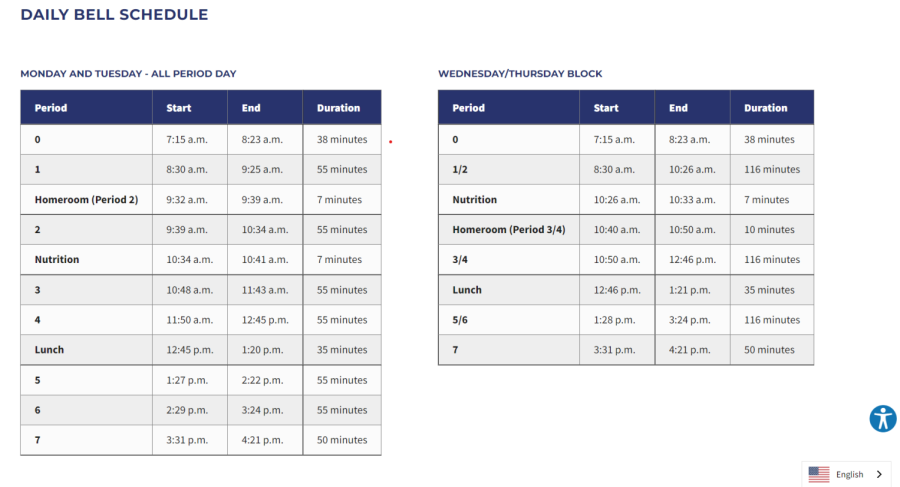







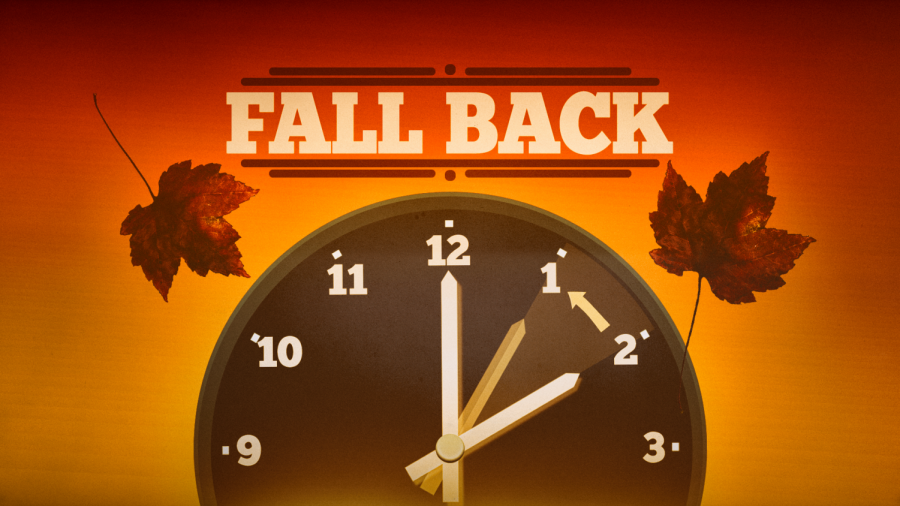












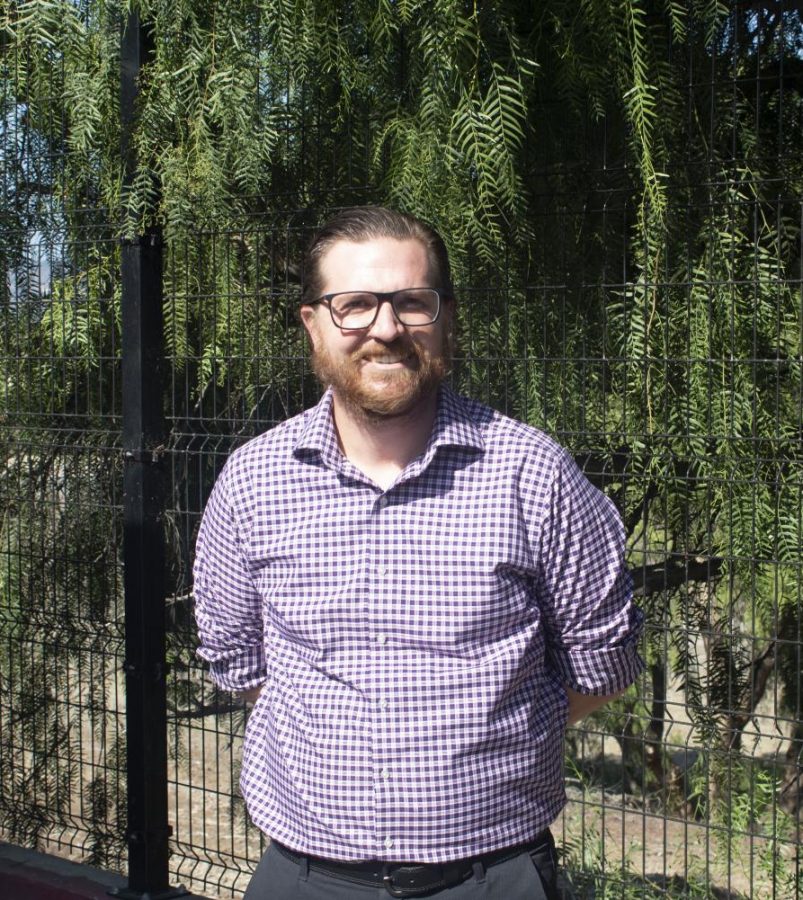

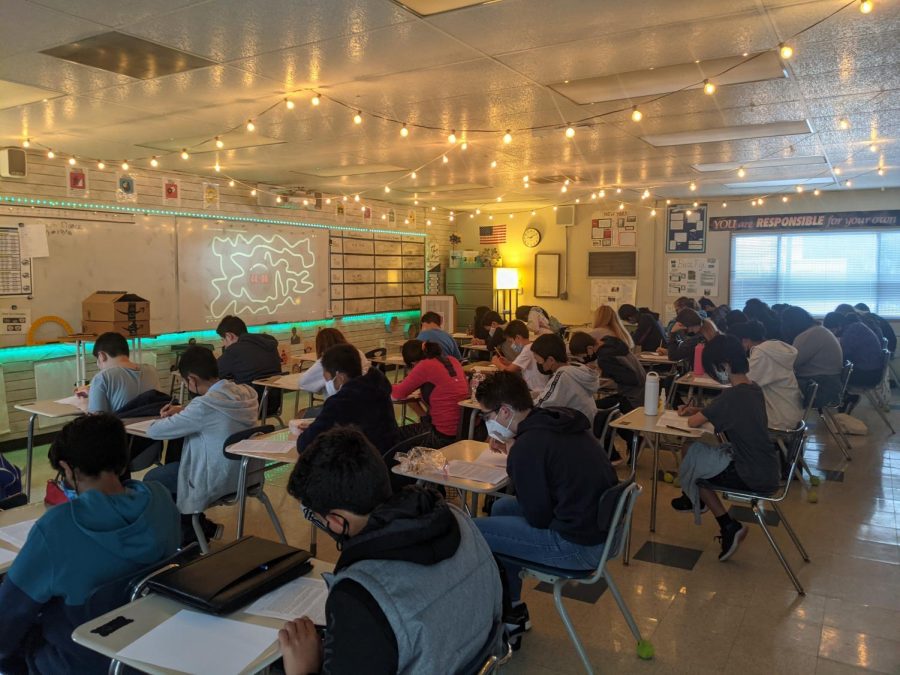













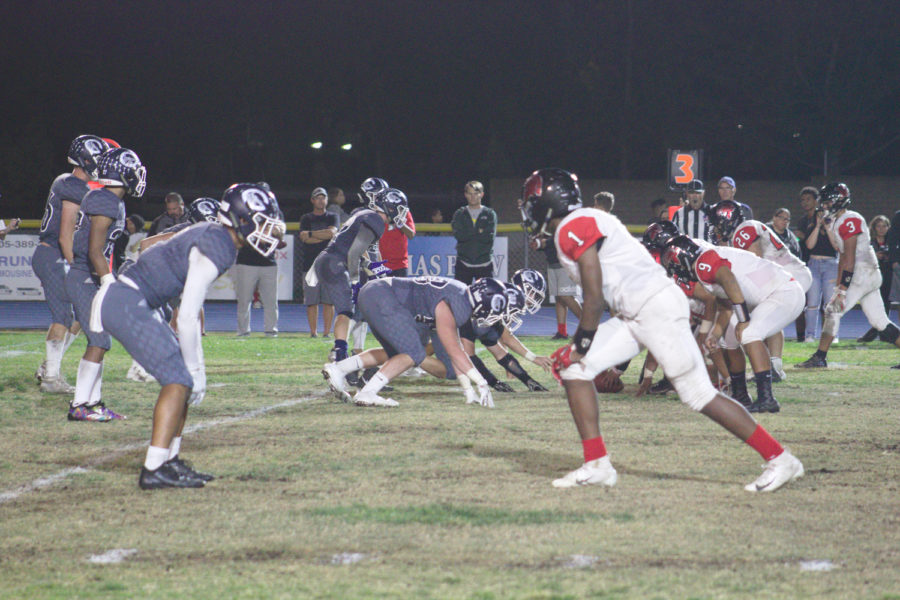







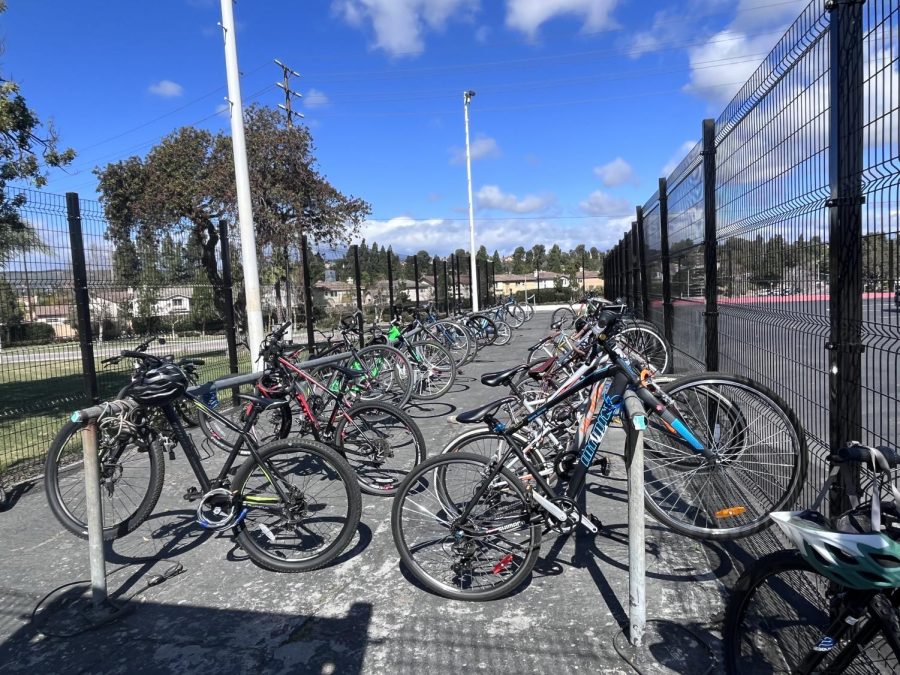
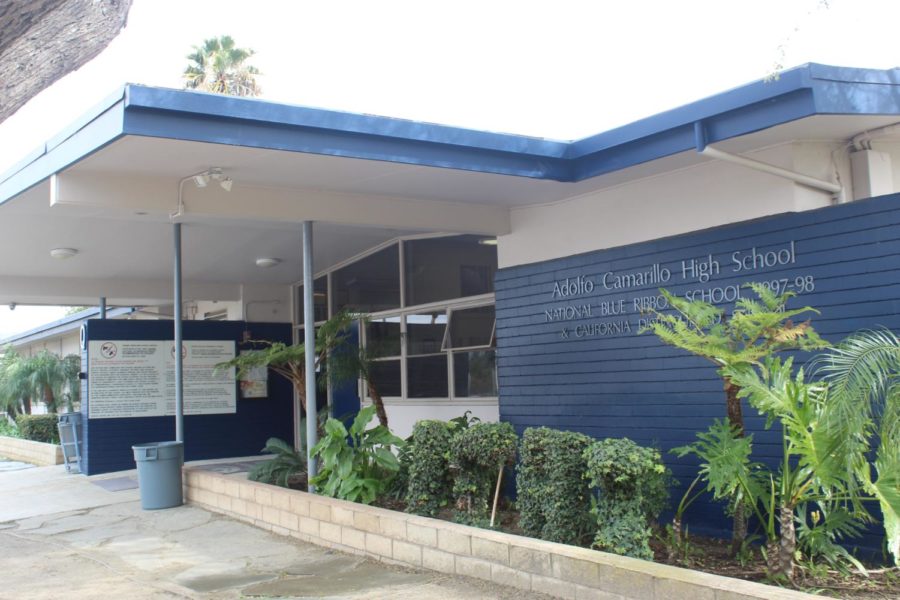















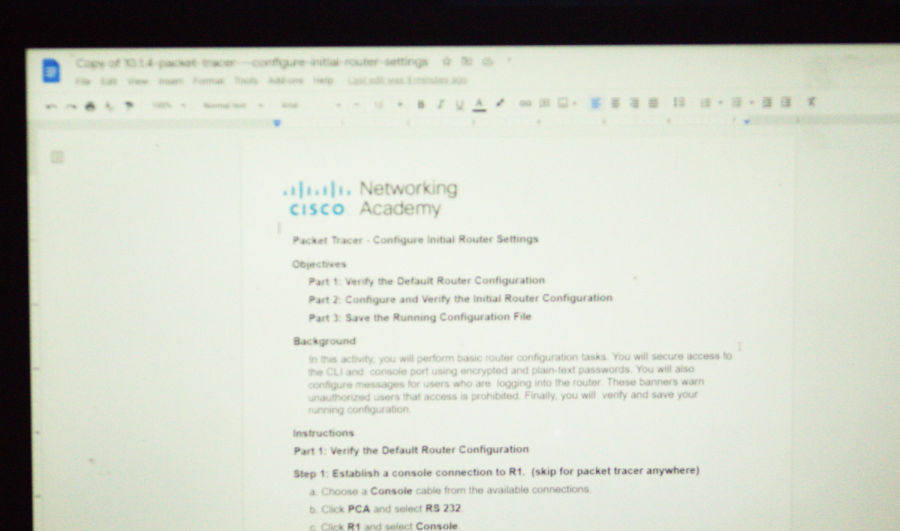



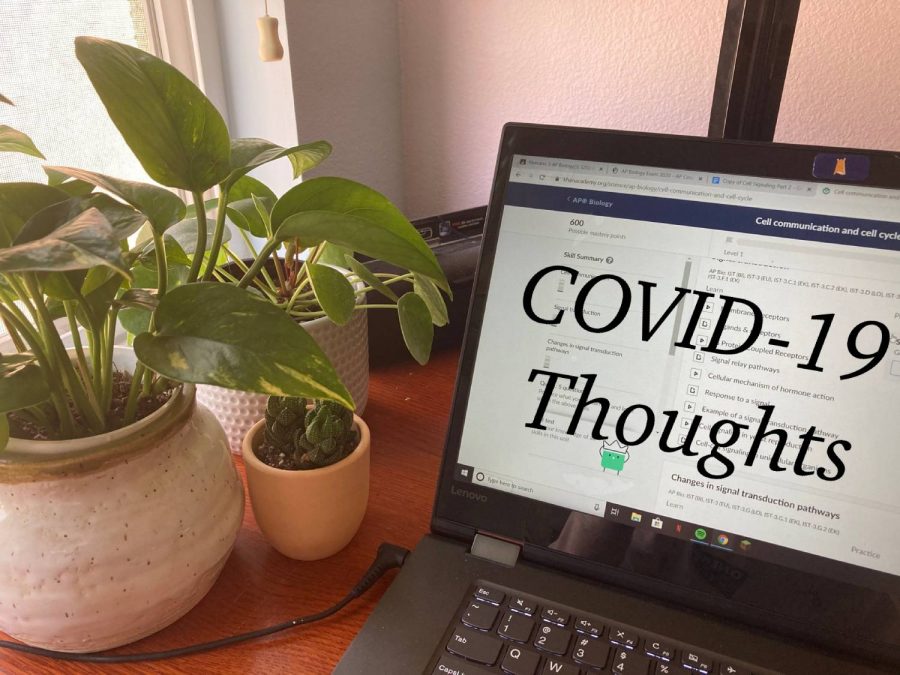













![Senior Ditch Day... Relaxation or Truancy? [Video]](https://achsstinger.com/wp-content/uploads/2017/10/IMG_7119-900x599.jpg)
![Heavy Rain Hits Cam High [video]](https://achsstinger.com/wp-content/uploads/2017/02/maxresdefault-900x506.jpg)


